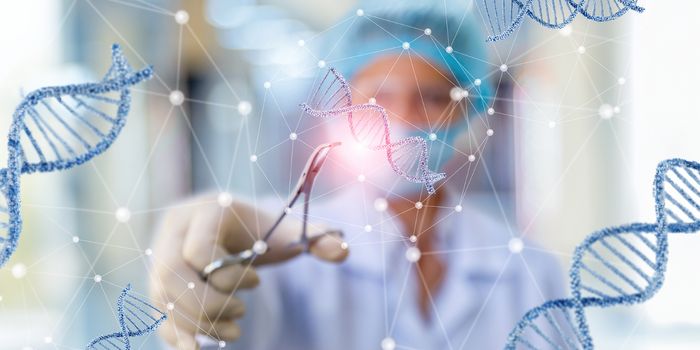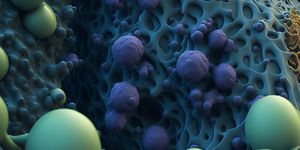Revealing How Epigenetics Contribute to ALS
Amyotrophic lateral sclerosis (ALS), is a devastating and fatal neurodegenerative disease in which motor neurons are progressively lost. In about 90 percent of ALS cases, no genetic cause for the disorder has been identified, while there is a clear genetic link in about 10 percent of cases. Many researchers believe that more genetic links to ALS are waiting to be identified, and that as many as 50 percent of ALS cases have some genetic association. In some cases, many different genetic factors may work together to cause the disease. There could also be ALS cases that are related to the epigenome, features of DNA that can alter gene expression without changing the sequence, or changes in regions of the genome that do not code for protein.
Scientists have now analyzed the epigenetic characteristics of induced pluripotent stem cells (IPSCs) that were generated from samples obtained from ALS patients. This work revealed 30 epigenomic modifications that seem to be related to the rate of neurodegeneration in ALS patients, and one feature that was strongly linked to a subtype of ALS. The findings have been reported in Nature Communications.
This could indicate that there are a variety of causes for ALS. Different patients might then need very different therapeutics, noted senior study author Ernest Fraenkel, a Professor at MIT. "We may get to a point in a decade or so where we don't even think of ALS as one disease, where there are drugs that are treating specific types of ALS that only work for one group of patients and not for another."
Finding those subtypes requires analyzing data from large numbers of people, added Fraenkel. While ALS patients may be different, there could be similar mechanisms underlying their disorders, and shared therapeutic targets.
The Answer ALS consortium helped with this effort; it started collecting ALS patient samples about a decade ago. With blood samples from those patients, scientists can create IPSCs, and use those to generate motor neurons to study the mechanisms of the disease.
With a tool called ATAC-seq, the investigators assessed an epigenetic feature called chromatin density in patient-derived cells and controls. The human genome is a massive molecule, and it is carefully packaged by proteins. Together, that complex of proteins and densely packed DNA is known as chromatin.
Although no clear ALS indicator was found in this study, there was a signal that was strongly associated with a subtype of ALS that is characterized by a mutation in a gene called C9orf72. Thirty indicators of ALS progression were also found.
The researchers are now going to follow up on these regions to see if any present potential therapeutic targets.
Sources: Massachusetts Institute of Technology, Nature Communications









